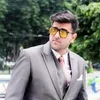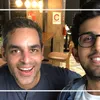Suresh Eriyat is an award-winning animator, storyteller, and director. He is the Founder and Director of Studio Eesaurus Productions. He was earlier Founder and Creative Director, Famous House of Animation. He is a graduate of the National Institute of Design, and is speaking at the DesignUp conference this month.
This year, the DesignUp 2021 conference team’s response to India’s apocalyptic second wave of the COVID-19 pandemic is to organise a virtual fundraising drive along with the stellar lineup of speakers. To be held on the weekends of June 11-20, 100 percent of donations will go to charities bringing much-needed relief to rural India, in the form of dry rations, oxygen concentrators, and health centre wards.
As media partner for the conference series, see YourStory’s coverage of DesignUp’s earlier online panels in 2020, May the Fourth be with you and The pandemic’s impact on design. See also our write-ups on the annual DesignUp conference editions from 2019, 2018 and 2017, and our d-Zen (‘Design Zen’) section for more design resources.
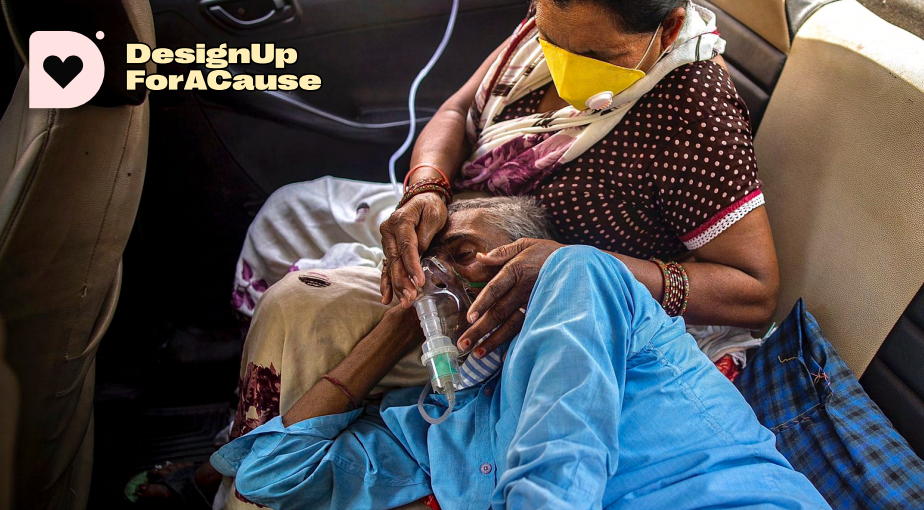
Suresh Eriyat joins us in this interview on the importance of the creative mindset, pandemic resilience, and industry-academia collaboration.
Edited excerpts of the interview below:
YourStory [YS]: What are the key challenges facing the creative community in these grim times, and how can they be overcome?
Suresh Eriyat [SE]: I think working together physically has a lot of synergies and it results in amazing synapses. Imagine if the neurons were remotely connected and they connected over Wi-Fi, then synapses that trigger actions would have been extremely delayed and untimely. This is the same thing that happens when the creative community works in isolation and remotely.
Of course, one has to work doubly hard by working from home amid an ambience that is unfavourable for work.
We all are thankful to everyone who supported and took that extra pain to work remotely and yet flawlessly contributed. But it was a great time for ideation. So, we cracked a few landmark ideas which we are currently developing.
[YS]: What are three outstanding examples you have seen of effective design during the pandemic?
[SE]: I haven’t seen many positive examples of great design initiatives during the pandemic in my area of films.
From India, I loved the Facebook ad very much. It used the context of COVID times we are living in (of course, without much use of masks!) and it was a story not trying to sell much while most brands were trying to sell in panic.
In the age of shortest of short ads focussing on hard sell, the company made an eight-minute-long film as their ad. It was a well-made short film. Stories were coming back, I felt after watching it.
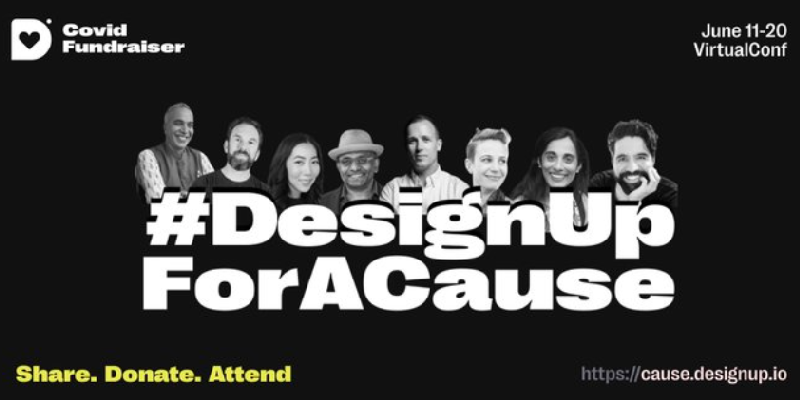
[YS]: What are some notable projects you are currently engaged in?
[SE]: We made a series of films for UNICEF, WHO and PMNCH (Partnership for Maternal, Newborn and Child Health) to help aid the global communication challenges during COVID times. The films were themed on Breastfeeding, Accountability Breakfast Opening, Adolescent Mental Health, and Responsive Caregiving.
We also launched all our short films on YouTube during these months, which saw amazing reception from the audience. Here are two of them - Tokri and Fisherwoman and Tuk Tuk.
[YS]: What are the success factors for good creators to become good creative heads or managers?
[SE]: A creator needs to be intrinsically a manager too. Such people become good creative heads.
The moment one makes self-exclusive and special to start demanding someone else do the management part for you, it brings inefficiency and gaps in communication in the workflow.
So, one must keep an open mind about managerial tasks in a creative process, to begin with. Secondly never take oneself too seriously, just focus on the task at hand.

[YS]: What are three core skillsets or mindsets that the creative community need in the uncertain post-pandemic world?
[SE]:
· To keep a giving mindset, always ready to help
· To listen keenly to a brief or requirement without bias
· To keep the world out there in focus when you come up with a creative solution, how your creative solution would impact the world around us positively is the most important criterion.
[YS]: Many entrepreneurs with a tech/business background tend to underestimate the importance of design and visual creativity. What advice would you give such founders on when and how to engage with creatives?
[SE]: Innovation is the only key for a business to prosper and grow. Innovation is value creation. Most tech companies think engineers are inventors. Engineers are not inventors, they facilitate.
Invention is not accidental. There is a process that results in innovation. And that is design. So, if a company underestimates design or visual creativity, it is not innovation-focused. Such a company will have a short life span.
[YS]: What are the leadership opportunities for the creative community in a world where inclusion and environmental sustainability are becoming key concerns?
[SE]: This in other words can be called ’sensitivity’. Leaders who feel this emotion can alone make a positive difference to the world at large.
[YS]: What are ways in which industry and academia can collaborate to improve creativity in education? What is your involvement in this space?
[SE]: This can happen well when an industry doesn’t pretend to be an educational institution and vice versa. Unfortunately, academia believe they are part of an industry – the educational industry. There, it goes for a toss!
And this is one thing I am against making education a business. I think industry exposure is essential during education but one shouldn’t focus so much on the industry while studying.
I do several talks at many institutes in various capacities to give them exposure to our industry.
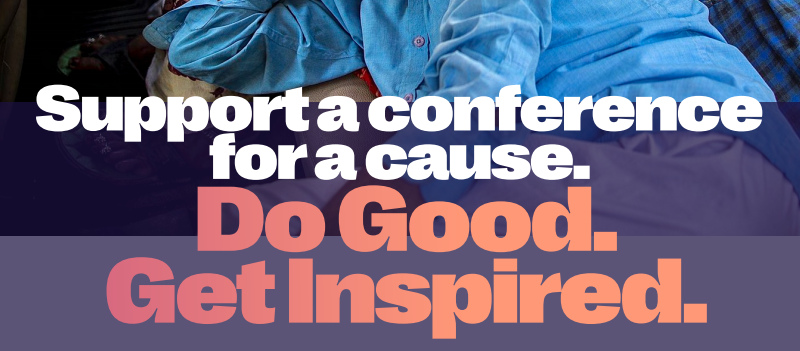
[YS]: What are three daily habits you think help in strengthening your creative sensibilities?
[SE]: Unbiased observation, reading, jotting down thoughts and ideas – both good and bad.
[YS]: What are some good books or resources about creativity you would recommend for our audience?
[SE]: I feel more than reading how-to-do books, subscribing to magazines or podcasts that deal with multiple aspects of creativity and creative fields make more sense in terms of having up-to-date information.
[YS]: What are your tips or parting words of advice for the aspiring creatives in our audience?
[SE]: Take yourself lightly or at least less seriously. Have fun. Neutrality and freshness in your work come more from a very open-minded approach than a biased one.
[YS]: Any other comments or remarks you would like to make?
[SE]: Stay safe, it is not over yet.
Link : https://yourstory.com/2021/06/designup-2021-suresh-eriyat
Author :- Madanmohan Rao ( )
June 13, 2021 at 02:21PM
YourStory


